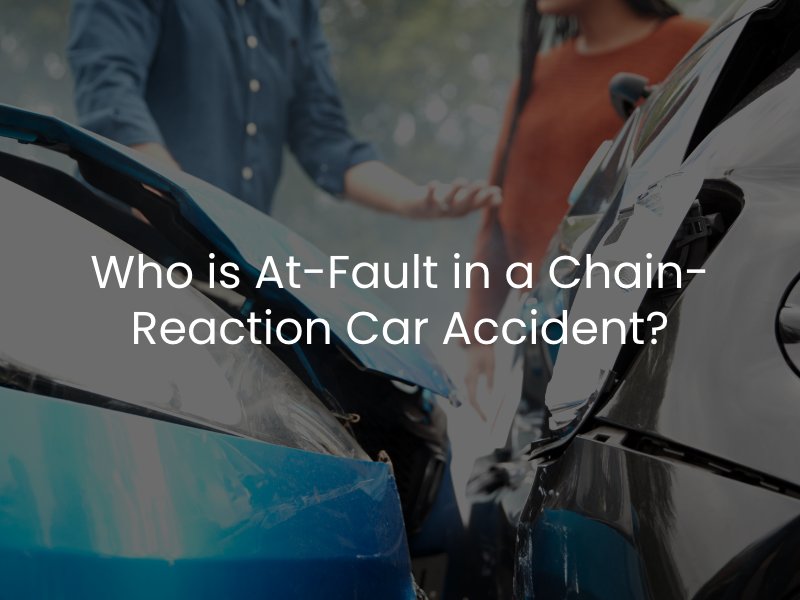Who is At-Fault in a Chain-Reaction Car Accident?
Chain-reaction collisions are often devastating. These incidents can lead to significant injuries and extensive property damage and involve many different parties at one time. In these scenarios, recovering compensation can be challenging for crash victims because of how difficult it can be to determine liability.
In order to prove what happened in a chain-reaction collision, it is crucial to gather a significant amount of evidence to piece together an overall picture of what happened in the crash.

Chain-reaction Collisions Happen in a Variety of Ways
On the surface, a chain-reaction collision is any vehicle accident that starts with an initial collision between two vehicles or one vehicle and an object, but leads to enough of a hazard to affect other vehicles in the vicinity. There is no set number of vehicles that have to be involved for a collision to be called a “chain-reaction,” but it is generally safe to say that once the numbers reach three or more vehicles, we can safely name it a chain-reaction.
There are various ways that chain-reaction collisions can occur in our area. For example, if a vehicle is traveling along a highway and hydroplanes on some water, this could lead to them crashing into a median or another vehicle, and this could cause a chain-reaction collision within the high-speed traffic on the highway. Vehicles behind this initial impact may not have time to stop before they slam into the hazard.
Regardless of how a chain-reaction collision occurs, it is crucial to determine fault so that any person injured due to the negligence of others is able to recover compensation for their losses.
Who is At-Fault for These Collisions?
Unfortunately, determining liability after a chain-reaction collision is tough. Often, we see that these cases have to be treated as multiple collisions instead of one overall collision. That is because there could be multiple drivers at fault in the incident. Yes, there may be one party ultimately held responsible for causing the initial collision, but it is certainly possible for three, four, or even more parties to be responsible for individual collisions within the “chain.” This could lead to shared fault, which adjusts how much compensation individuals are able to receive.
It is important for various types of evidence to be gathered at the scene of the incident as well as in the days and weeks that follow. Some of the most common types of evidence used to prove chain-reaction collisions in California include the following:
- Statements from drivers and passengers involved in the collision
- Statements from eyewitnesses
- Accident or police reports
- Photographs taken after the incident occurs
- Video surveillance from cameras nearby
- “Black box” recording data from vehicles
- Mobile device data if distracted driving is suspected
It is crucial for chain-reaction collision victims to work with a skilled Sacramento car accident attorney who can investigate every aspect of the claim, gather all the evidence needed to prove liability, and help them fight to recover maximum compensation for their losses.